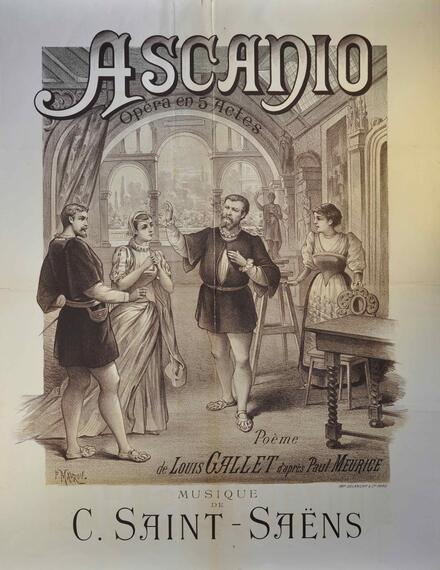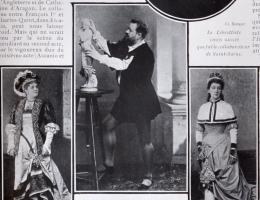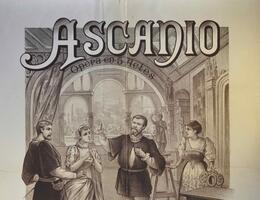Ascanio

Opera in five acts and seven tableaux, premiered at the Académie Nationale de Musique in Paris. Libretto after the drama Benvenuto Cellini (1852) by Paul Meurice.
“Where is Saint-Saëns?” the press wondered in the spring of 1890, when Ascanio was presented to the public for the first time at the Académie Nationale de Musique on 21 March. The composer failed to appear at either the rehearsals or the premiere, and rumours were spreading. Actually, Saint-Saëns was having a hard time recovering from his mother’s death and chose to delay his return to Paris. Nevertheless, he left very precise recommendations for the staging of his opera and demanded that it be “performed as it is, without any changes of any kind”. His wish was not to be fulfilled: for the premiere and subsequent performances, many cuts were made in the score and the cast was altered, so that Saint-Saëns never heard Ascanio as he composed it. It was only in November 2017 that a complete version in accordance with his autograph was given at the Opéra des Nations in Geneva. The score is characterized by the presence of leitmotivs that evoke the main characters of the plot and ensure the fluidity and coherence of the work. True to his passion for historical drama, Saint-Saëns also colours it with echoes of Renaissance music (particularly in the ballet), nevertheless fantasizing the soundscape of a drama set in 1539 at the court of the King of France, where Benvenuto Cellini (baritone) stayed with his apprentice Ascanio (tenor): “This libretto is most amusing to deal with, with all these different loves: Scozzone [contralto/mezzo-soprano] for Benvenuto, Benvenuto for Colombe [soprano], the Duchess [soprano] for Ascanio, Ascanio and Colombe [...] it’s a whole study of the human heart,” wrote Saint-Saëns in November 1887 when he began composing this opera at the crossroads of French grand opéra and opéra comique, tinged with Wagnerian and Italian influences.
Scientific publications
Publication


